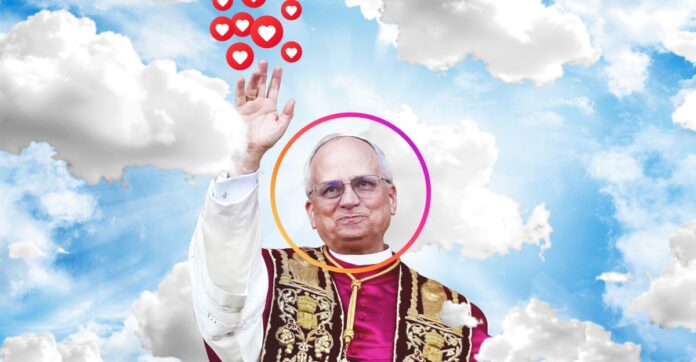The Pope in the Digital Age
The moment the white smoke appeared above the Sistine Chapel, I immediately turned on my television to see who the new pope would be, and then hopped on social media to learn more about him. I was expecting to find out about his background, his views, and his vision for the Catholic Church. But what I found was something entirely different.
The Meme Machine
The internet was quick to react to the news of the new pope, with memes and jokes spreading like wildfire. As an American pope, Robert Francis Prevost, now Pope Leo XIV, was a treasure trove of cultural references and jokes. People were eager to know if he was a Cubs or Sox fan, if he drank Malort, and if he would intervene on behalf of the Knicks in the NBA playoffs. The memes were endless, and they provided a unique glimpse into the personality and character of the new pope.
A Glimpse into the Pope’s Past
As I delved deeper into the internet, I stumbled upon the pope’s social media accounts. His Twitter account revealed a man who was engaged with the world, who cared about social justice, and who was not afraid to speak his mind. I learned that he supported gun control legislation, opposed the repeal of DACA, and condemned the 2017 massacre at Charlottesville. I also found out that he had written a book on religious statistics, which was available on JSTOR.
The Intimate Life of the Pope
But what struck me most was the discovery of the pope’s personal Facebook profile. It was a glimpse into his intimate life, a life that he had not expected to be scrutinized by the public. There was a photo of him wearing aviators and a black windbreaker, atop a pony. It was a moment of levity, a reminder that even the pope is human. However, it also raised questions about the privacy of public figures and the boundaries of what is acceptable to share.
The Blurred Lines of Privacy
As I reflected on the experience, I realized that I had crossed a line. I had treated the pope’s social media accounts like those of any other public figure, without considering the unique nature of his position. The pope is not just a leader, but a symbol of faith and spirituality for millions of people around the world. His digital footprint is not just a reflection of his personal views, but also a representation of the institution he leads.
A New Era of Scrutiny
The fact that we can mine the social media accounts of the pope raises questions about the nature of privacy and scrutiny in the digital age. It highlights the tension between the public’s right to know and the individual’s right to privacy. As we move forward, we must consider the implications of this new era of scrutiny and how it will shape our relationship with public figures, including those in positions of spiritual leadership.
Conclusion
The election of Pope Leo XIV has marked a new era in the Catholic Church, one that is characterized by the intersection of faith and technology. As we navigate this new landscape, we must be mindful of the boundaries between the public and private spheres. We must consider the implications of our actions and the impact they may have on individuals and institutions. Ultimately, the digital age has brought us closer to our leaders, but it has also raised important questions about the nature of privacy, scrutiny, and responsibility.

